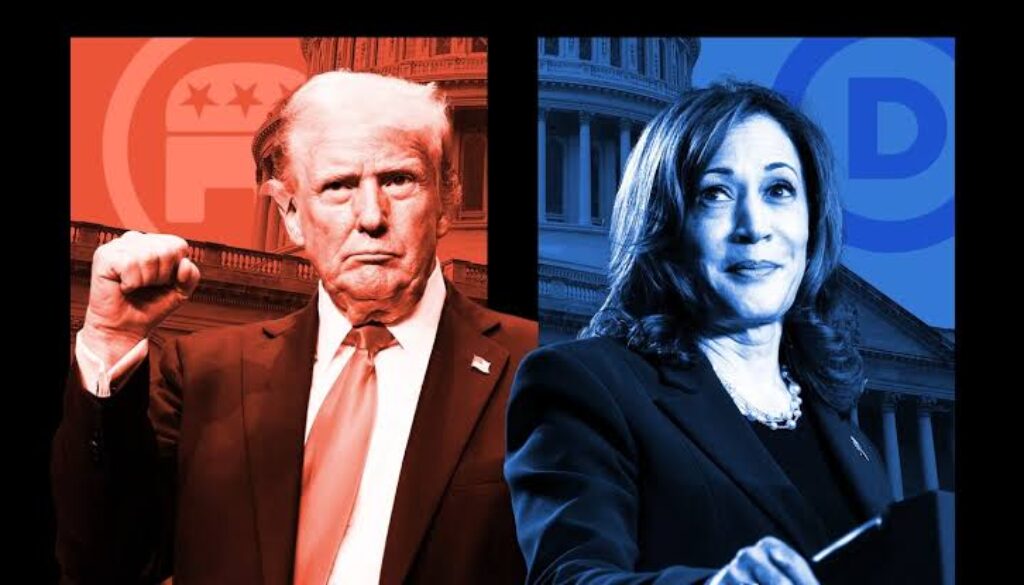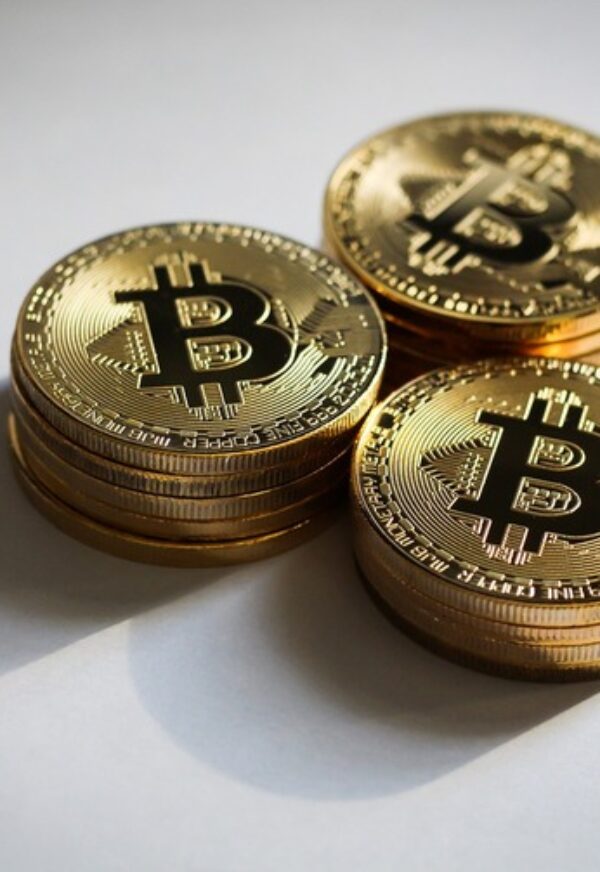Why Many U.S. Voters Blame Democrats for Economic Struggles? trump vs harris.
Economic Problems Make Michigan Voter for Trump
Trump vs Harris
Tiesha Blackwell, 24-year-old voter in Michigan voted for Joe Biden in the 2020 election. But these days, she said, “I’m voting for Donald Trump.” The reason? She said her food and rent costs have skyrocketed along with rent, which has nearly doubled.
She recalls paying $575 in rent, which now costs $1,100. She even remembers that the price for ground chuck jumped from $2.99 a pound to $4.99 per pound.
Those increases alone make her believe that if she hasn’t gotten poorer in the past four years, she is certainly far less affordable than she once was.
Blackwell’s sentiment mirrors that of many Americans who feel the burden of increasing costs of living, even as the U.S. is experiencing a healthy post-COVID-19 economic recovery.
While the United States is faring better than most developed economies, avoiding the predicted recession and maintaining low unemployment, many Americans feel the pinch of rising costs, especially in food, rent, and utilities.
Many of these chronic inflationary shocks emanate from the deep fundamental causes: labor cost hike, disruptions in supply chains, and also relatively mild competition in those areas, which is generally beyond what U.S. policies alone can influence.
Although the U.S. economy has been resilient, the public’s perception of the economic conditions is still very negative. A Reuters/Ipsos poll in seven battleground states, including Michigan, finds that 61 percent of voters believe the economy is on the wrong track.
In addition, 68 percent say the cost of living is getting worse, even though federal inflation numbers are lower than pre-pandemic levels.
The reason that economic indicators may lag behind public opinion is because of the gap between aggregate economic growth and increasing everyday costs that weigh on family budgets.
Groceries, rent, utilities, and even the occasional dinner out are all more expensive now than they were, leaving Americans feeling perpetually “sticker shocked.”
For voters like Blackwell, that personal experience crowds out bigger economic gains, reinforcing feelings of financial insecurity and pushing people toward a change in party.
Contrasting Economic Plans: Harris vs. Trump
The democratic candidate, Vice President Kamala Harris, and former President Trump, have forwarded differing plans to answer the economic concerns of the American people.
Kamala Harris’s Economic Plan
Price-gouging is another area that Harris has promised to take on, with a focus on firms that use economic weaknesses to inflate the price of necessities. The other area she proposed was the child tax credit. This is supposed to help alleviate some of the burdens families face financially. A question from economists is if banning price gouging at the federal level will be effective because they feel it’s hard to control the private sectors, where prices are regulated and market distortions are sometimes unwelcome.
Donald Trump’s Economic Plan
Trump, in contrast, will lessen taxation on overtime pay that should help an hour-based working man whose pay cheque declines due to rising living expense. He has further suggestions to create a uniform duty system on imported merchandise.
That should, instead, be an inducement for the development of further home-based manufacturing plant installations and domestic employment opportunities. But Trump’s tariff plan is very controversial, and many economists are warning that such tariffs will quickly be passed on to consumers in higher prices.
Trump has also promised to focus his attention on immigration and deport large masses of people, claiming this would reduce labor competition and increase wages for U.S. workers.
However, deportations would have impacts in all industries, the agriculture industry, the construction sector, and other sectors depending on where the immigrant’s labor is of prime value-probably resulting in a higher cost for items and services in those given industries. The Land of High Prices and Economics
The continued rise in the cost of living has not just been due to inflation or government policy; it has been part of an interconnected series of factors. Labor shortages, supply chain disruptions, and increased demand for goods and services all played parts.
Though inflation overall is cooling off from its high, long-term effects left Americans cautious about increased costs of essentials.
Perhaps most critically, Labor costs have driven inflation.
With unemployment historically low, the need for labor has been so intense that companies have had little choice but to raise wages in order to attract and keep employees. This has given some workers a pay hike, but it has increased operating costs, which the companies then pass on to consumers. Supply chain disruption from the COVID-19 pandemic also added to cost.
Global supply chains have been generally recovered, but sustained disruptions and changes in sourcing continue to influence the price of goods, particularly those with significant reliance on international components. The high prices also had psychological impacts on the consumers.
Many have been forced to change habits in purchase from discretionary to essential products.
The “sticker shock” this has produced is a changed perception of economic well-being by the public, for individuals such as Blackwell feel that although they may be earning more, their purchasing power has dropped significantly.
This is one major factor in making decisions over how to vote, particularly with states like Michigan winning by such small margins in presidential elections.
The Political Fight Over Economic Answers
The economy has always been an important election issue, but high inflation and the high cost of living have elevated it to the central issue for the 2024 race.
For many voters, the choice between candidates often comes down to who they believe will best alleviate the financial burden on their day-to-day lives. This reflects more general party platforms:
Democrats prefer more regulatory means and social welfare, while Republicans favor tax cuts and market-led solutions. The raising of the child tax credit proposed by Harris might appease lower-income households and those with children because it cuts tax burdens directly and increases disposable income.
However, the skepticism about her price-gouging plan may dilute public enthusiasm among pro-market voters who feel that immediate actions on prices must be taken.
Trump’s tax cuts and tariff proposals resonate with supporters such as Blackwell, who think that action on the prices needs to be taken immediately.
While the proposed tariffs would increase prices in the short term, some voters may believe that the possibility of rejuvenated domestic manufacturing makes the short-term cost worth it.
Trump’s views on immigration also appeal to some voter groups who think that immigrant labor competes with American jobs, even though economists argue that limiting immigration would hurt sectors that use lower-cost labor, forcing up prices in agriculture and construction.
Conclusion: Economic Anxiety a Deciding Factor
There is an economic anxiety now sweeping America, which affects the electoral landscape, propelling voters to reassess their political choices based on who they believe will end their current financial struggles.
Blackwell’s change of mind from Biden to Trump seems to echo what others in his category are saying when he is complaining about cost, though he believes the economy is performing well.
It means that Harris and Trump each would be posturing a contradictory vision in an effort to compete with high prices, it might appear that the 2024 election hung in the balance of who would better present a credible policy to explain that complex and difficult economics to voters.
The result of the election in battleground states will reflect not only the voter’s sentiment regarding the current economic policies but also their faith in a candidate’s ability to address everyday financial challenges.
With affordability concerns front and center, the economy remains a deeply personal issue for voters as they prepare to cast their ballots in 2024.



